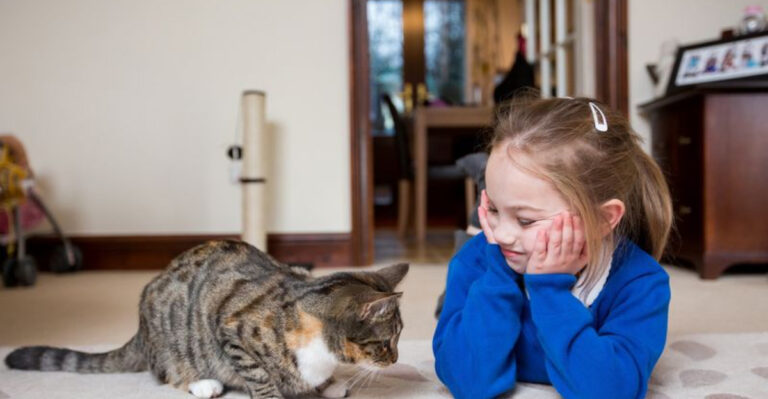9 Ways To Help Your Pet Mourning The Loss Of Another Pet

Losing a pet is never easy, and when one pet in a multi-pet household passes away, the surviving pets can also experience grief.
Their behaviors might change, showing signs of mourning similar to humans. Recognizing and addressing these feelings is crucial for their emotional well-being. This list explores thoughtful ways to support your pet during this difficult time, providing comfort and healing.
1. Maintain A Routine

Consistency brings comfort. Keeping a stable routine can help your pet feel more secure during a time of loss. Regular feeding times, walks, and play sessions can provide a sense of normalcy. Your pet may find solace in knowing what to expect each day, which can help ease their anxiety and sadness.
Along with maintaining regular schedules, ensure daily activities are engaging. Allow them to look forward to something enjoyable, like a favorite toy or a special treat. This consistency not only distracts them from their grief but also reinforces their bond with you.
It’s essential to remember that pets perceive time differently. They might not understand why everything has changed suddenly. By preserving their routine, you give them a framework they can depend on, which is vital for emotional stability.
2. Provide Extra Attention

Offering extra affection and attention can be comforting for a grieving pet. When they lose a companion, pets often seek more closeness with their human families. They might follow you around more than usual or seek physical contact to feel secure.
Take time to sit with them, stroke their fur, or talk to them softly. If your pet enjoys being brushed or cuddled, indulge in these activities more often during their mourning period. Teaching them new tricks can also be a great way to engage and distract them.
Remember that each pet is unique. Some may need more space, while others may crave constant reassurance. Observing their behavior and adjusting your responses accordingly can aid their emotional recovery. It’s about finding the right balance of affection that suits their needs.
3. Introduce New Activities

Engaging your pet in new activities can be a powerful tool to redirect their energy and attention. Trying novel exercises or play can stimulate their mind and body, offering a fresh focus away from grief. Consider introducing games that challenge them, like puzzle feeders or new tricks.
You might also explore different environments, such as a new park or trail. This change of scenery can invigorate their senses and provide an exciting diversion. Group activities, like classes or playdates, might also help if your pet enjoys social interaction.
It’s beneficial to introduce these changes gradually. Sudden shifts can add to their stress, so ease them into new routines. The goal is to foster a positive outlet for their emotions, offering joy and engagement at a time when they need it most.
4. Create A Memorial Space
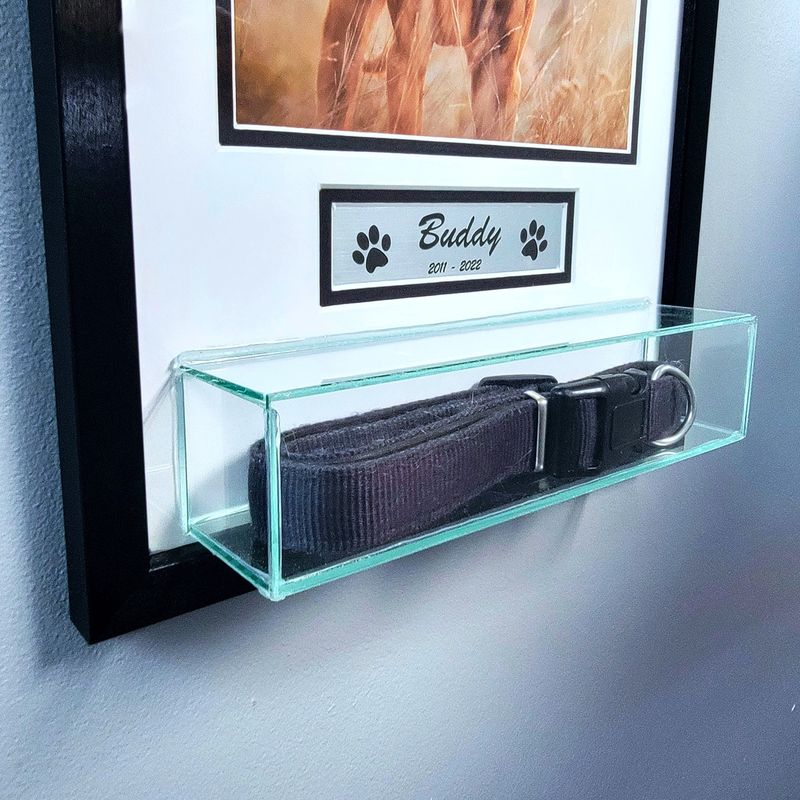
Designating a memorial space can provide comfort and a tangible connection to the pet that has passed. This area can be a simple garden corner or a spot indoors with a photo and mementos. Such spaces allow surviving pets, and humans alike, to reflect and remember fondly.
The act of visiting this space can be part of a daily routine, encouraging peaceful contemplation. It can also serve as a calming place where your pet can sit quietly, surrounded by the scent or essence of their lost friend.
Creating this memorial doesn’t have to be elaborate. It’s the sentiment and continuity of the presence that matter. This space can help nurture a sense of ongoing connection, gently easing the pain of loss while celebrating the life once shared.
5. Monitor Behavioral Changes

Paying close attention to your pet’s behavior during mourning is crucial. Look for signs such as changes in appetite, sleep disturbances, or increased aggression or withdrawal. These behaviors can indicate their struggle with loss and may require professional guidance.
Consulting with a veterinarian can provide insights into these changes, helping to determine whether they are a normal part of grieving or a sign of deeper issues. Sometimes, pets need more than just emotional support, and a vet can recommend strategies or interventions.
It’s important to approach these changes with patience and understanding. Pets express grief in various ways, and acknowledging their emotions can be the first step in helping them heal. Keeping a journal of these behaviors can also aid in tracking their progress and response to different support methods.
6. Encourage Socialization
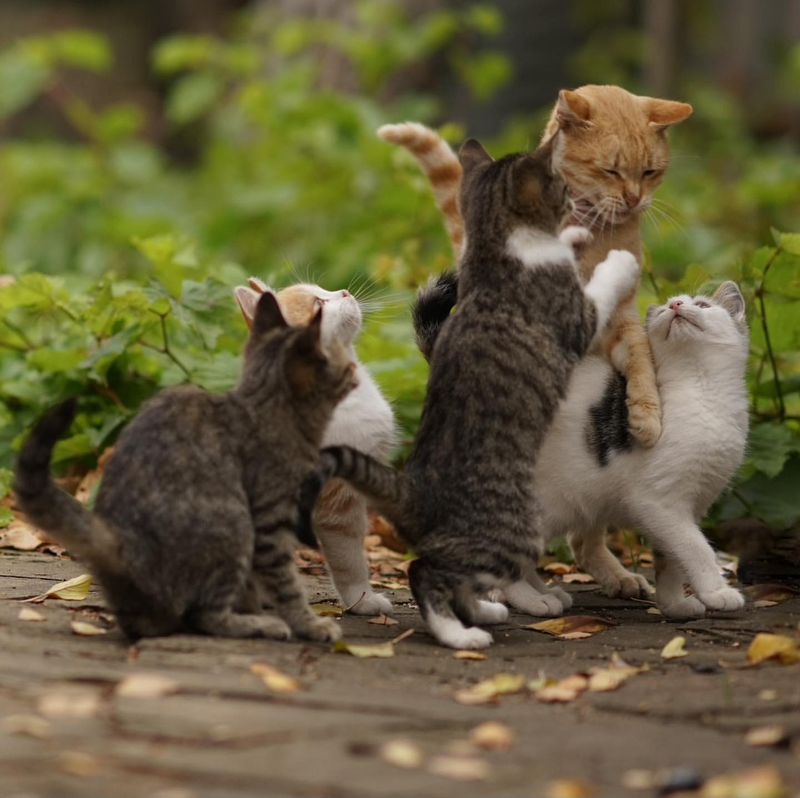
Social interaction can be a healing balm for a grieving pet. Encouraging your pet to socialize with other animals can alleviate feelings of loneliness. Whether it’s a trip to the dog park or arranging playdates with familiar pets, these interactions can provide comfort and companionship.
Socialization doesn’t mean forcing your pet into uncomfortable situations. Observe how they respond to other animals and adjust accordingly. Some pets may immediately enjoy the company, while others might need gradual exposure.
Creating social opportunities helps pets rebuild their confidence and rediscover joy. A supportive community, even among animals, can significantly contribute to their emotional recovery, providing a sense of belonging and friendship that eases their sorrow.
7. Use Comforting Scents
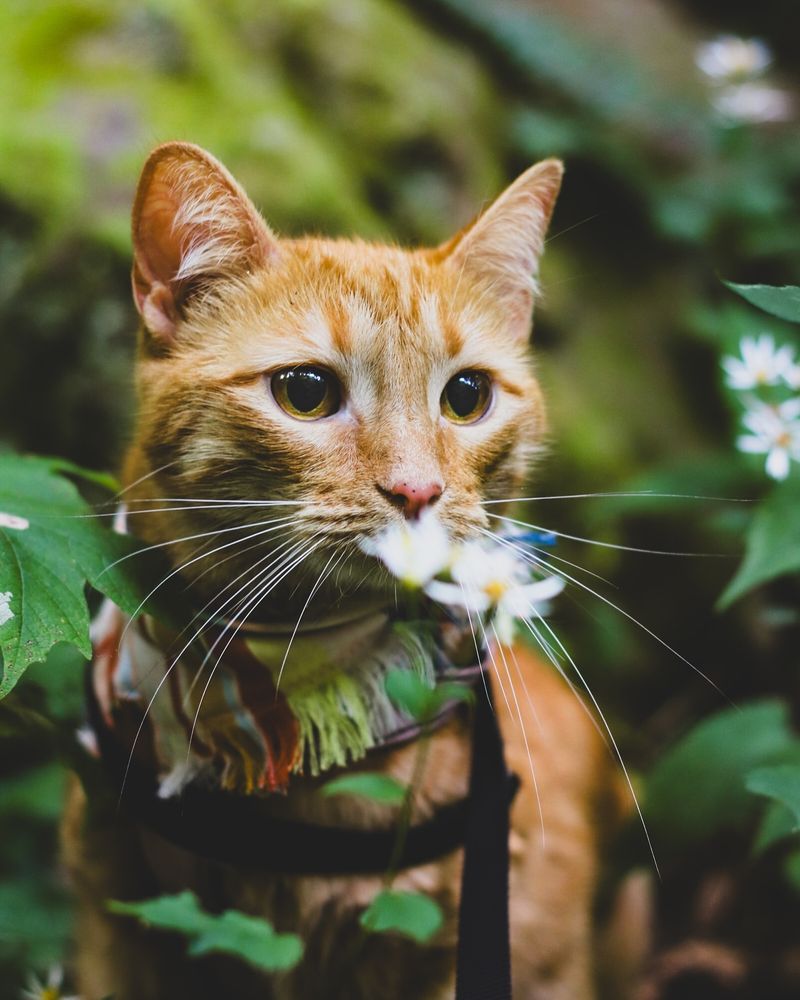
Scents can have a profound impact on a pet’s emotional state. Utilizing calming fragrances like lavender or chamomile can create a soothing environment. These scents can help reduce anxiety and promote relaxation, aiding your pet’s emotional healing.
You can use diffusers or pet-safe oils around spaces where your pet spends most of their time. Ensure that the fragrances are safe and not overwhelming, as pets have a more acute sense of smell than humans.
This method works well in conjunction with other comforting strategies, such as gentle music or soft lighting. The combination of sensory elements can create a serene atmosphere, helping your pet feel more at ease during their mourning process.
8. Offer A New Companion
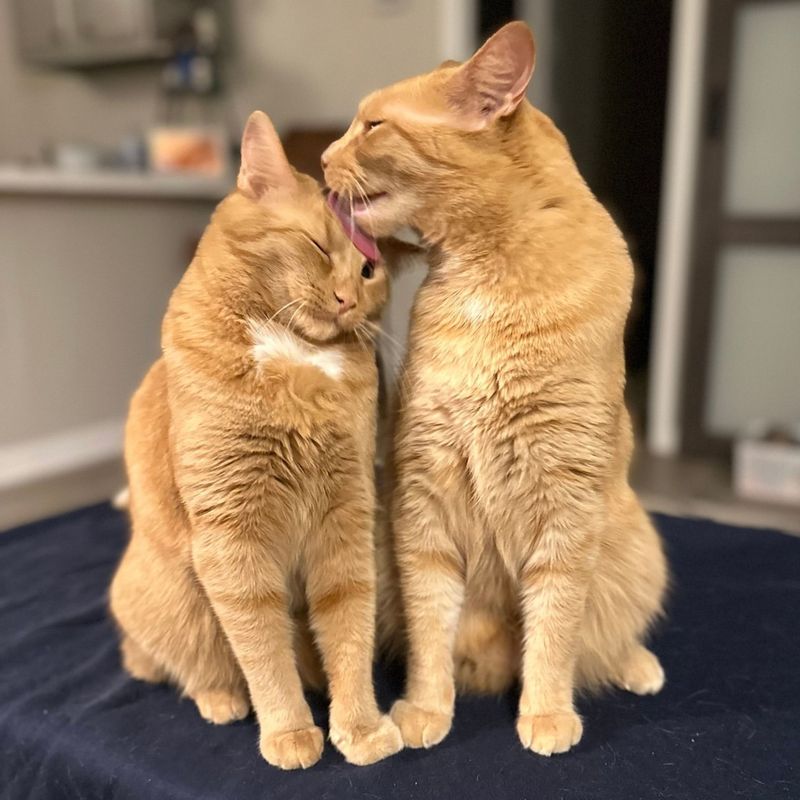
Introducing a new companion can be beneficial both for the owner and the other pet, but it’s essential to consider your pet’s readiness. A new friend might provide much-needed companionship and play, helping to fill the void left by the lost pet. It’s a gentle way to heal after losing such a beloved friend. However, timing is crucial.
Ensure that your pet has had enough time to grieve before bringing another animal into the home. Observe their behavior to gauge if they seem open to a new friendship or still deeply affected by their loss.
Gradual introductions can help ease any potential stress. This decision should be made with care, ensuring that the new companion is a good match in terms of energy and temperament. A new pet should be seen as an addition to the family, not a replacement. The goal is to enrich your pet’s life and provide joyful interactions.
9. Engage In Pet Therapy

Pet therapy can be an excellent way to support a grieving pet. Engaging in activities with therapy animals can offer comfort and distraction, providing emotional support for both your pet and yourself. These interactions often bring about positive feelings.
Therapy animals are trained to offer companionship and affection, which can be incredibly soothing. Whether it’s through visits to nursing homes, schools, or participating in therapy sessions, these experiences can uplift your pet’s spirits.
Exploring pet therapy as an option requires finding the right program. Look for reputable organizations that specialize in animal-assisted therapy to ensure positive outcomes. This form of therapy not only helps in mourning but also enriches your pet’s social experiences and emotional well-being.




